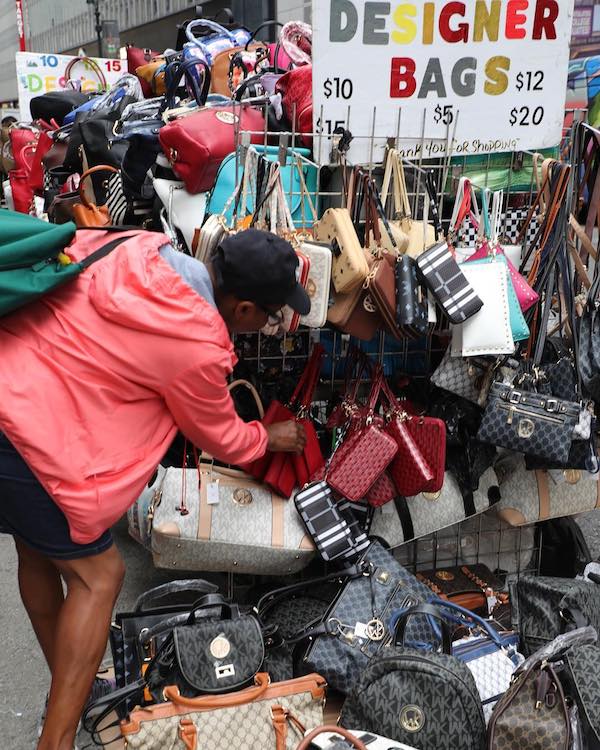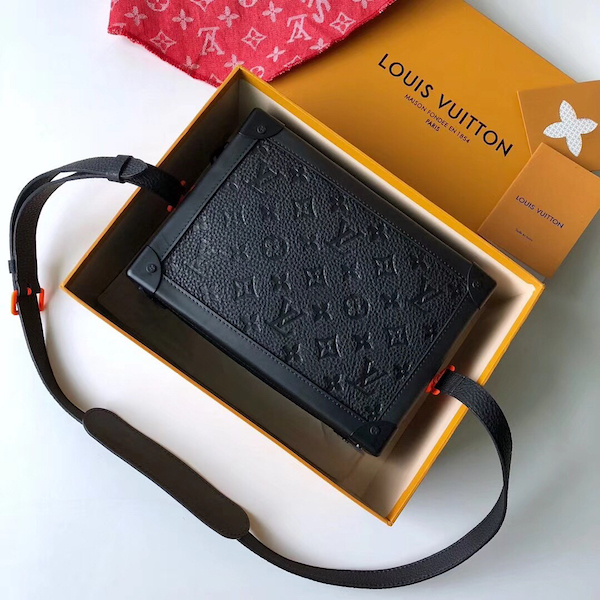It’s no secret that China is the capital of counterfeit goods, with a specialty in extremely expensive designer bags.
The Chinese population alone accounts for a third of the $1 trillion in global luxury demand, so they’ve gotten really good at counterfeit. So much so, that Beijing just passed a law that slams online retailers with up to 2 million yuan ($296,000 USD) in fines for selling bogus Dior bags and the like.
Despite the heavy consequences of getting caught, sellers aren’t backing down. According to Business of Fashion, the global trade in counterfeits is predicted to balloon to $991 billion by 2022. Naturally, everyone wants a piece of the pie — evading the law is just another casual Tuesday. If you’re wondering how they’re doing it, and whether or not it reaches the Canadian market, just hop onto your Instagram account and you’ll realize just how prolific Chinese counterfeiters have become.

You’ve likely seen numerous accounts selling designer bags for unbelievable low prices that seem too good to be true. Well, sorry to burst your bubble, but it’s because they are. Private spaces online, like social messaging apps (ie. WeChat, Instagram, Tik Tok) are becoming the prime hub for sellers.
The loophole here is that transactions of this type are arguably “friend-to-friend” and not e-commerce as defined by law, essentially making the seller untouchable.
For example a knock-off of a Dior saddle bag, costing approximately $3,250, will sell on a Chinese social media network for about $225. Similarly, sellers on Instagram will do the same, uploading the photo with contact details where buyers can follow up to actually make the purchase. The catch is that these buyers won’t specify whether the bag is real or fake, and they’ll use actual designer hashtags like #Chanel, #Dior, or #Gucci.
Furthermore, the fact the counterfeiters are getting incredibly good at creating duplicates makes it increasingly hard to tell. The leather is buttery and looks and feels real. It has a good weight to it and more times than not, purchases will be shipped with a lookalike designer box and even a fake certificate of authenticity.
Knock-offs are becoming so good that only a trained eye can tell the difference.
What makes the issue of counterfeit even more challenging is that the demand is overflowing. Despite the elite in China accounting for such a large piece of the global designer goods market, the majority of the population cannot afford it. With income disparity being so high, it’s highly unlikely that the counterfeit market is going anywhere but up… When you’re bombarded by marketing for designer goods on a daily basis, it no doubt makes you hungry for status and willing to break the law to attain it.

If you’re wondering how it will affect the Canadian market, let’s just say that most millennials desire a standard of living that they can’t actually afford.
What’s even more unsettling is the fact that Canada’s seizing of counterfeits good falls a little short. In an article by CBC, it was revealed that since Canada passed the “Combating Counterfeit Goods Act” in 2015, only 48 shipments had been seized by 2018, one of them being the the notorious Pacific Mall raid. To put it in perspective, that’s only a measly 16 seizures a year. Yet, as you can imagine, the amount of incoming fake goods — not only reserved to fake bags, but also other items — is mostly going undetected.
So while China and Canada intended to stamp out Chinese counterfeiters, they’re not exactly sending a zero tolerance message. Rather, Canada for that matter, is sending a big invitation and welcome wagon for fake designer bags. The cold hard facts beg the question of whether or not Chinese counterfeit goods can ever really be eradicated? Especially when there will always be consumers who would rather pay $225 or $3,250 for a coveted designer bag.
Featured image: Instagram/@parisbazaar
Articles You Might Be Interested In:
The Truth About Our Fast Fashion Habits Is Ugly
A Counterfeit Expert Reveals 8 Tricks To Spot Fake Jewellery And Watches
New Startup Develops Technology That Spots Fake Luxury Goods
Here’s Why Counterfeit Makeup Is A Real Threat To Your Health
Management At Pacific Mall “Deeply Disturbed” To Learn Counterfeit Goods Are Being Sold
